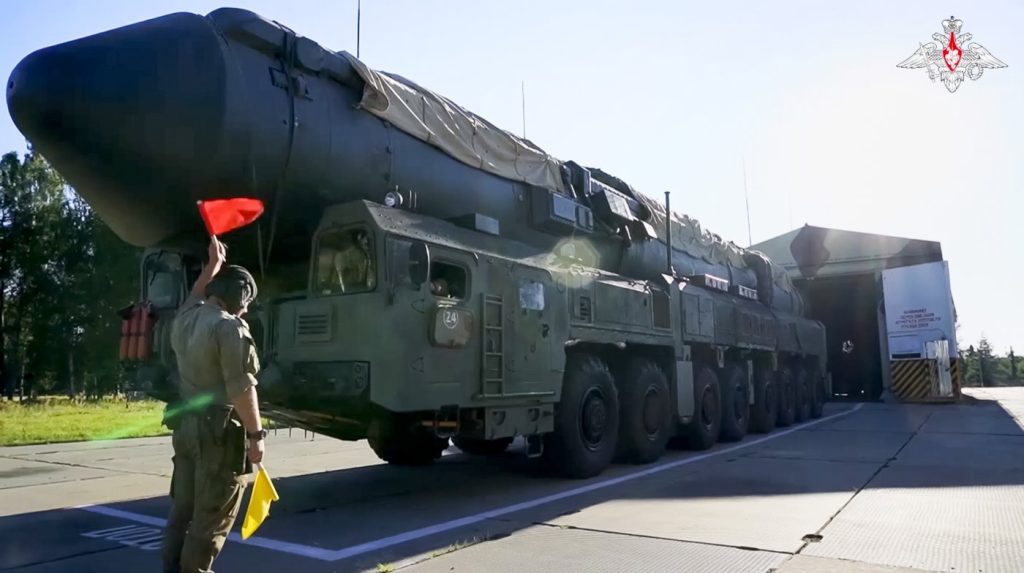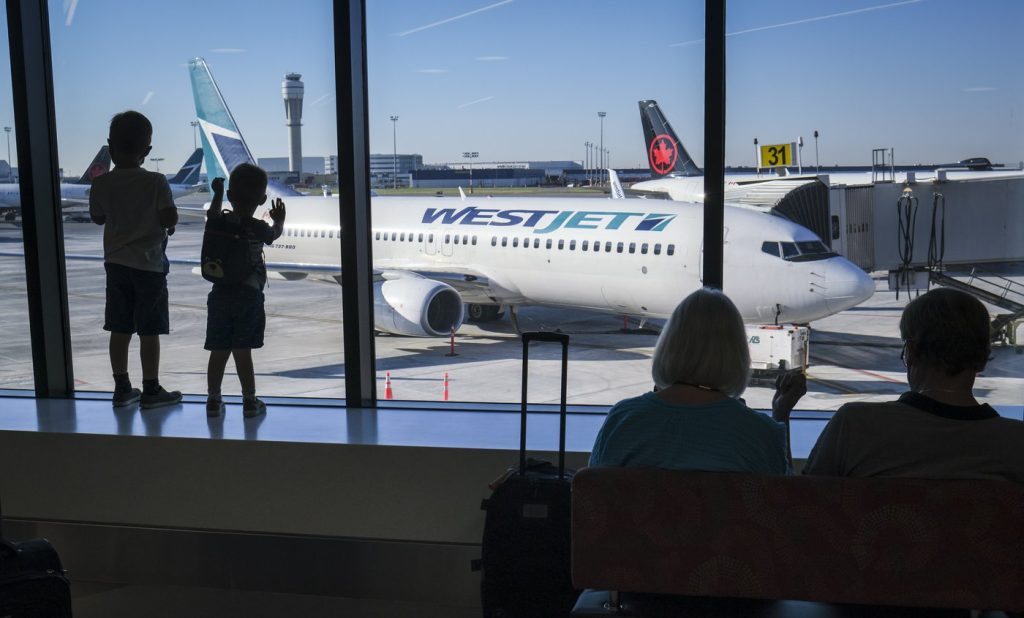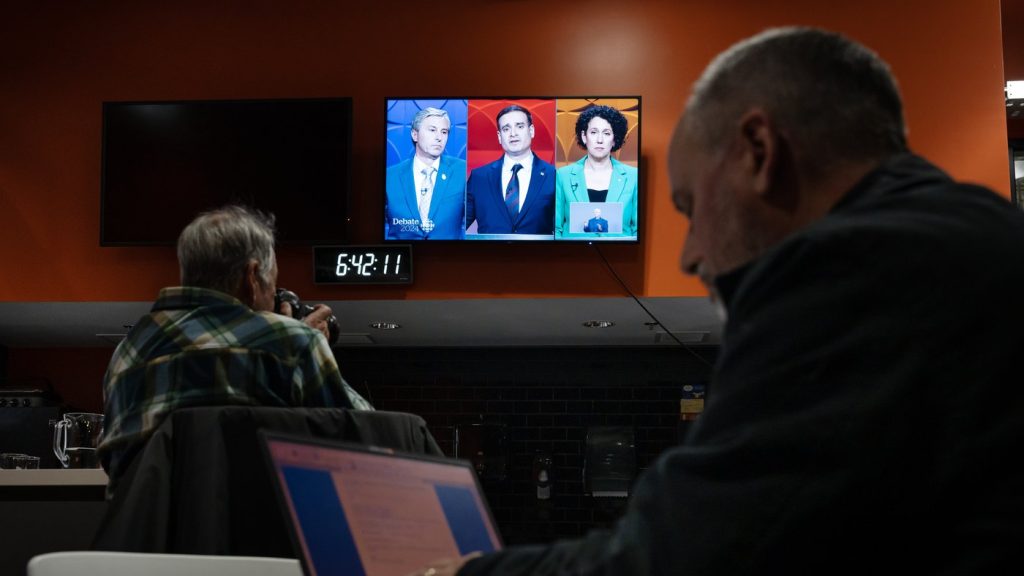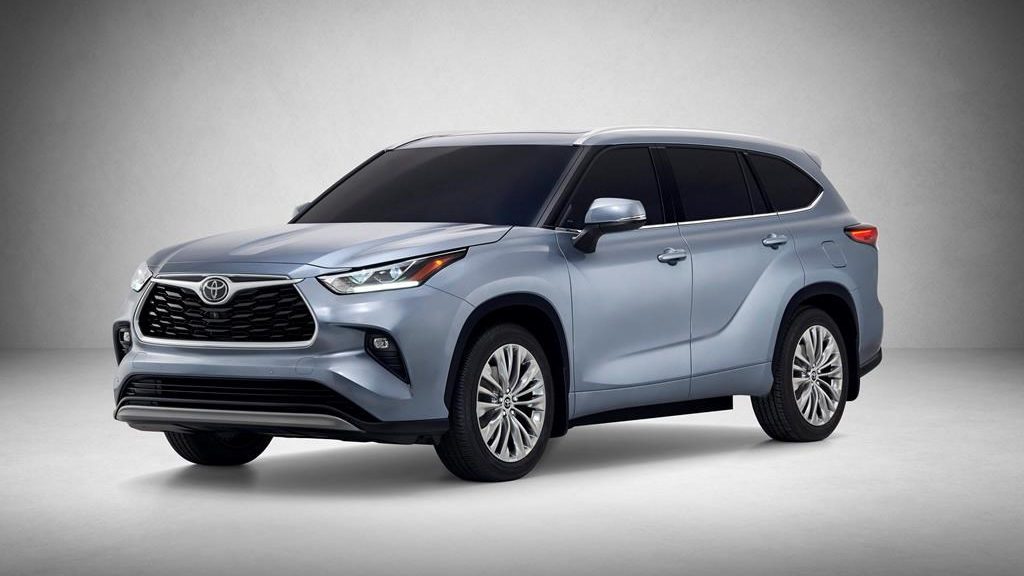The Kremlin has revised its nuclear policy. Does that make the use of atomic weapons more likely?

Posted Nov 19, 2024 03:57:10 PM.
Last Updated Nov 19, 2024 04:01:26 PM.
The 4-year-old document has a bland, bureaucratic title — “Basic Principles of State Policy on Nuclear Deterrence” — but its contents are chilling, especially with its newest revisions.
Better known as Russia’s nuclear doctrine, the revamped version that was signed Tuesday by President Vladimir Putin spells out the circumstances that allow him to use Moscow’s atomic arsenal, the world’s largest.
This new version lowers the bar, giving him that option in response to even a conventional attack backed by a nuclear power. That possibly could include the use of U.S.-supplied ATACMS missiles by Ukraine to hit Russian territory — which Moscow says happened Tuesday when six missiles hit the Bryansk region.
Kremlin spokesman Dmitry Peskov emphasized that such strikes could potentially be a trigger for a nuclear response under the revised document.
What is Russia’s nuclear doctrine?
Its first iteration was signed by Putin in 2020, and he approved the latest version Tuesday, according to the Kremlin. It outlines when Russia could dip into its atomic arsenal.
Since Russia invaded Ukraine in 2022, Putin and other Kremlin voices have frequently threatened the West with its nuclear arsenal. But that hasn’t deterred Kyiv’s allies from giving it billions of dollars of advanced weapons, some of which have hit Russian soil.
The revamped document describes nuclear weapons as “a means of deterrence,” noting their use is an “extreme and compelled measure.” It declares that Russia “takes all necessary efforts to reduce the nuclear threat and prevent aggravation of interstate relations that could trigger military conflicts, including nuclear ones.”
Such nuclear deterrence is aimed at safeguarding the “sovereignty and territorial integrity of the state,” deterring a potential aggressor, or, “in case of a military conflict, preventing an escalation of hostilities and stopping them on conditions acceptable for the Russian Federation,” the document says.
“Nuclear deterrence is aimed to ensure that any potential adversary realizes the inevitability of retribution in case of an aggression against Russia and its allies,” it says.
While formulated broadly to avoid a firm commitment of nuclear use and keep the West guessing at Moscow’s response, the modernized version spells out conditions under which Putin could use a nuclear option in response to a conventional strike.
Changes in the doctrine have been in the works for months, and it’s no coincidence that Tuesday’s announcement of a new version follows by two days Washington’s decision to allow Ukraine to use such longer-range missiles to hit targets in Russia. For months, U.S. President Joe Biden has been weighing the risks of such an escalation.
What triggers a Russian nuclear response?
The doctrine says Moscow could use nuclear weapons “in response to the use of nuclear and other types of weapons of mass destruction” against Russia or its allies, as well as “in the event of aggression” against Russia and Belarus with conventional weapons that threaten “their sovereignty and/or territorial integrity.”
Any aggression against Russia by a nonnuclear power with the “participation or support of a nuclear power” will be seen as their “joint attack” on Russia, the document says.
It adds that nuclear weapons could be used in these scenarios:
— If reliable information is received about the launch of ballistic missiles targeting the territory of Russia or its allies.
— If nuclear weapons or other weapons of mass destruction strike the territory of Russia or its allies, or are used to hit Russian military units or facilities abroad.
— If an enemy’s impact on critically important Russian government or military facilities could undermine retaliatory nuclear-strike capability.
— If aggression against Russia or Belarus involving conventional weapons raises a critical threat to their sovereignty and territorial integrity.
— If reliable information is received about the takeoff or launch of strategic and tactical aircraft, cruise missiles, drones, hypersonic or other flying vehicles and their crossing the Russian border.
The president can inform military and political leaders of other countries or international organizations “about the readiness to use nuclear weapons,” or that he has already decided to use them.
Is the use of nuclear weapons imminent?
Even before signing the revamped doctrine, Putin warned the U.S. and its NATO allies against allowing Ukraine to strike Russia with Western-supplied longer-range missiles, saying it would put Russia and NATO at war.
Asked Tuesday if such a Ukrainian attack could potentially trigger a nuclear response, Peskov answered affirmatively. He pointed to the doctrine’s provision that opens the door after a conventional strike that raises critical threats for Russia’s sovereignty and territorial integrity.
Peskov also emphasized the doctrine’s new section that describes an attack by any country supported by a nuclear power as their joint aggression against Russia.
Tatiana Stanovaya of the Carnegie Russia and Eurasia Center noted that Peskov’s comment marked the first time the Kremlin explicitly acknowledged “the potential use of nuclear weapons as a response to strikes on Russian territory using long-range missiles.”
“Put simply, Peskov openly admits that the Kremlin is currently considering the possibility of a nuclear strike,” she said.
While the doctrine envisions a possible nuclear response by Russia, it is formulated broadly to avoid a firm commitment to use nuclear weapons and keep Putin’s options open.
The U.S. has seen no change to Russia’s nuclear posture, according to a U.S. National Security Council official who was not authorized to comment publicly and requested anonymity. As a result, the Biden administration has “not seen any reason to adjust our own nuclear posture or doctrine in response to Russia’s statements today,” the official added.
Jack Watling, a senior research fellow at the Royal United Services Institute defense and security think tank in the U.K., said the use of Western longer-range missiles “certainly will not” trigger Moscow’s nuclear response as some in the West feared.
But he added that “Russia can escalate in a range of ways to impose costs on the West, from undersea sabotage to the employment of proxies to harass trade in the Bab el-Mandeb,” a strait off the Red Sea where attacks on shipping have been attributed to Yemen’s Houthi rebels.
Dmitry Medvedev, deputy head of Russia’s Security Council that is chaired by Putin, was even more blunt. Ukraine’s use of NATO missiles for strikes on Russian territory “could be classified as an attack by bloc countries on Russia,” he said.
“In such a scenario, Russia reserves the right to retaliate with weapons of mass destruction against Kyiv and key NATO facilities, wherever they may be located,” he said. “This would amount to World War III.”
Stanovaya said “the current situation offers Putin a significant temptation to escalate” and marks “an extraordinarily dangerous juncture.”
“Putin may seek to present the West with two stark choices: ‘Do you want a nuclear war? You will have it,’ or ‘Let’s end this war on Russia’s terms,’” she posted on X.
That would not interfere with any possible peace initiatives but could reinforce U.S. President-elect Donald Trump’s argument for direct dialogue with Putin, she said.
“Simultaneously, it would expose Biden to criticism for being the catalyst of the escalation while potentially discouraging Ukraine from further using long-range missiles,” Stanovaya added.
—-
Aamer Madhani in Washington and Danica Kirka in London contributed.
The Associated Press








